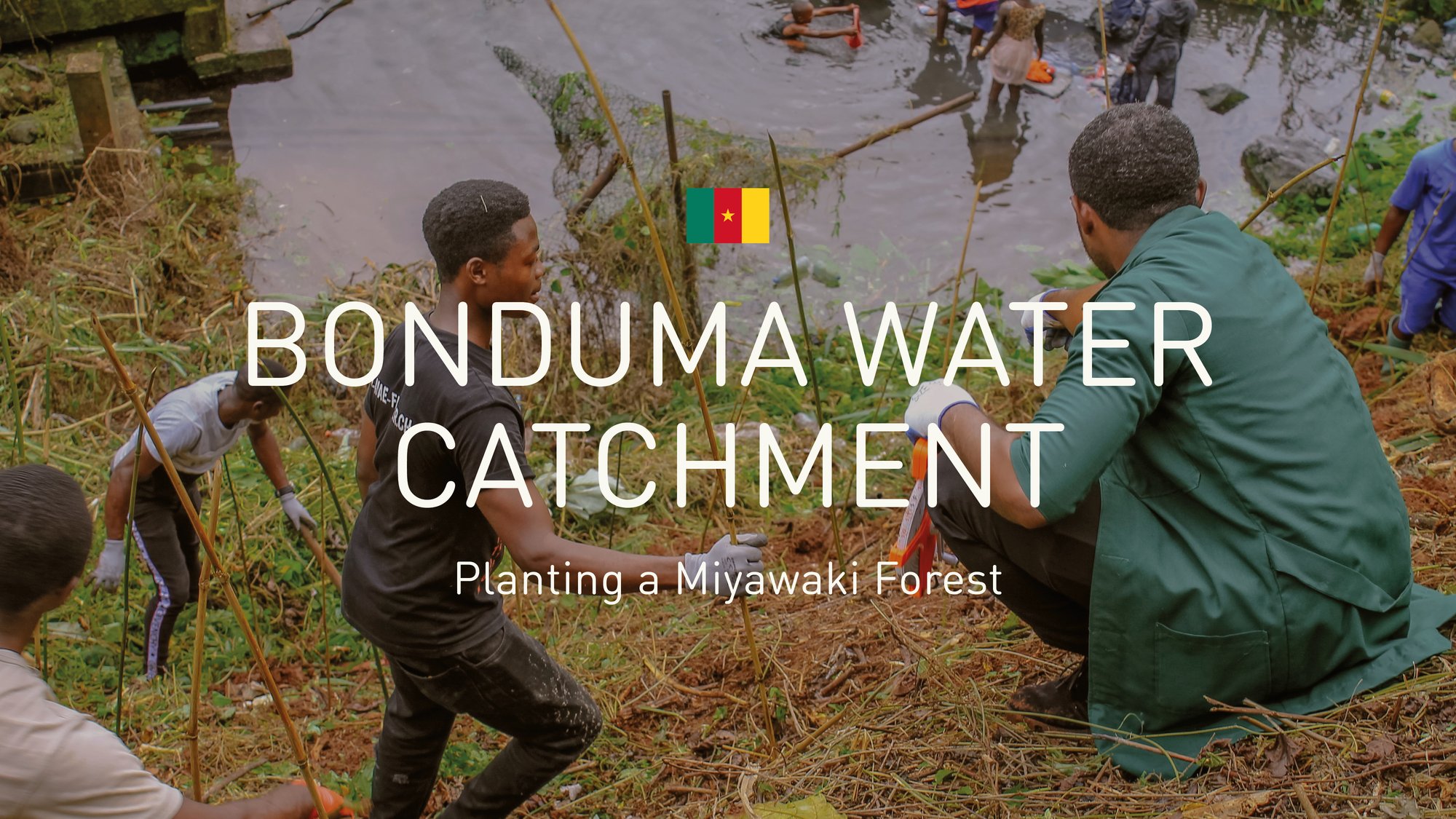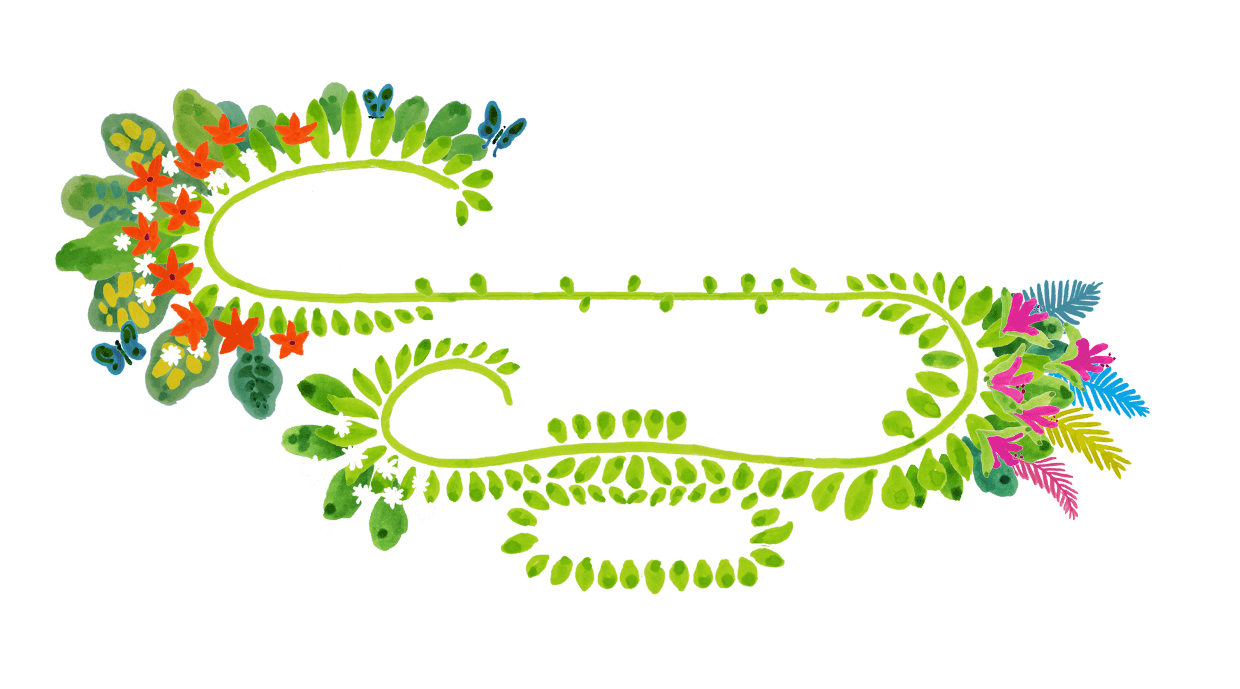
Buea, Cameroon
Bonduma
Rewilding Buea’s first water catchment.
The community depends on water wells. Water scarcity has been a huge problem.
Rewilding the five water catchments in town will solve a long-standing deficit.
The Bonduma water catchment in the rainy season, supplies water to University of Buea Campus, Wokoko, Bokoko and Molyko neighbourhoods.
The catchment has been encroached on by farming activities that hurt quality and reduce quantity. In the dry season, it’s just a pool of standing water.
Forest Maker Limbi Blessing Tata
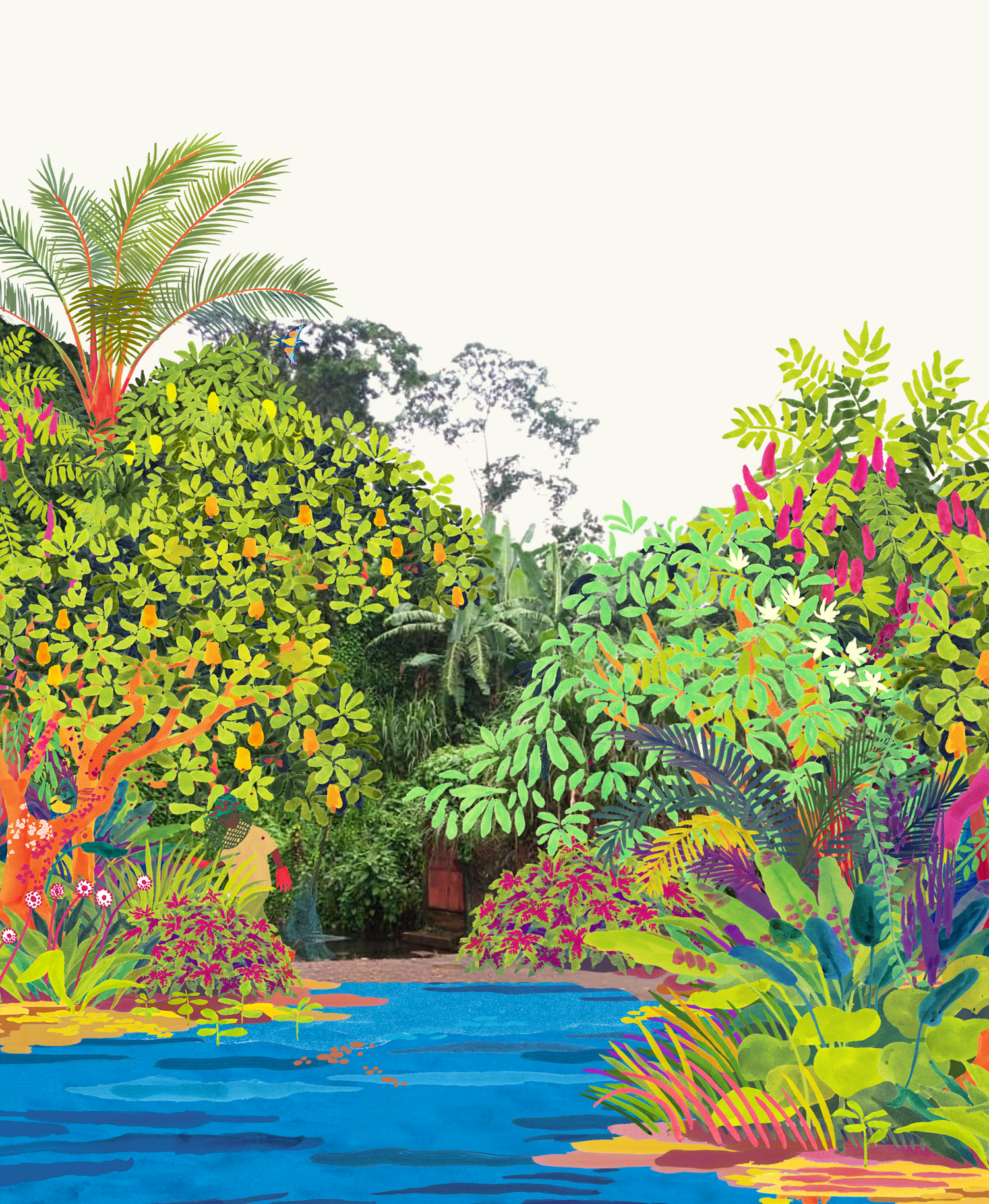
600
Trees
200
Square meters
9
native species
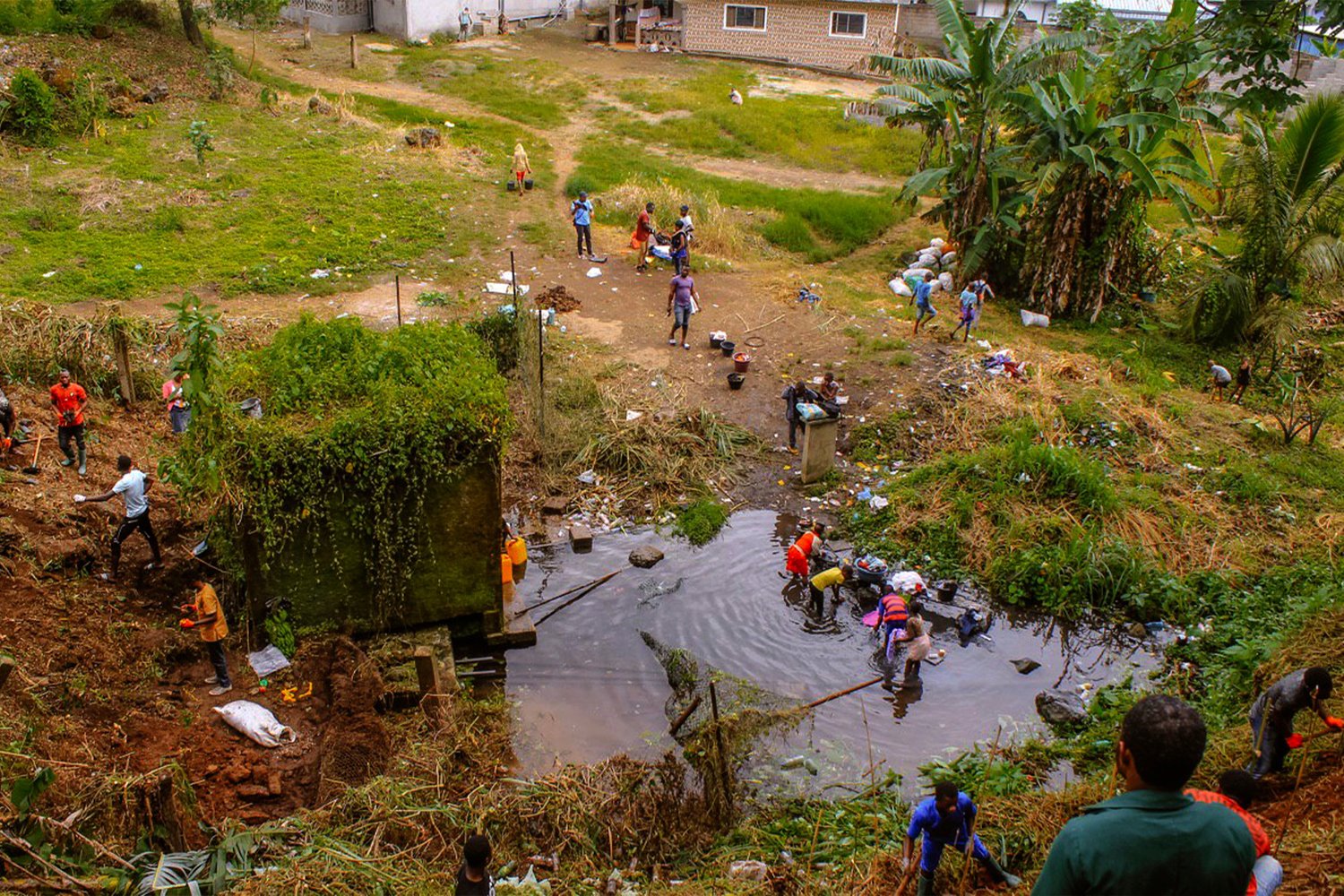
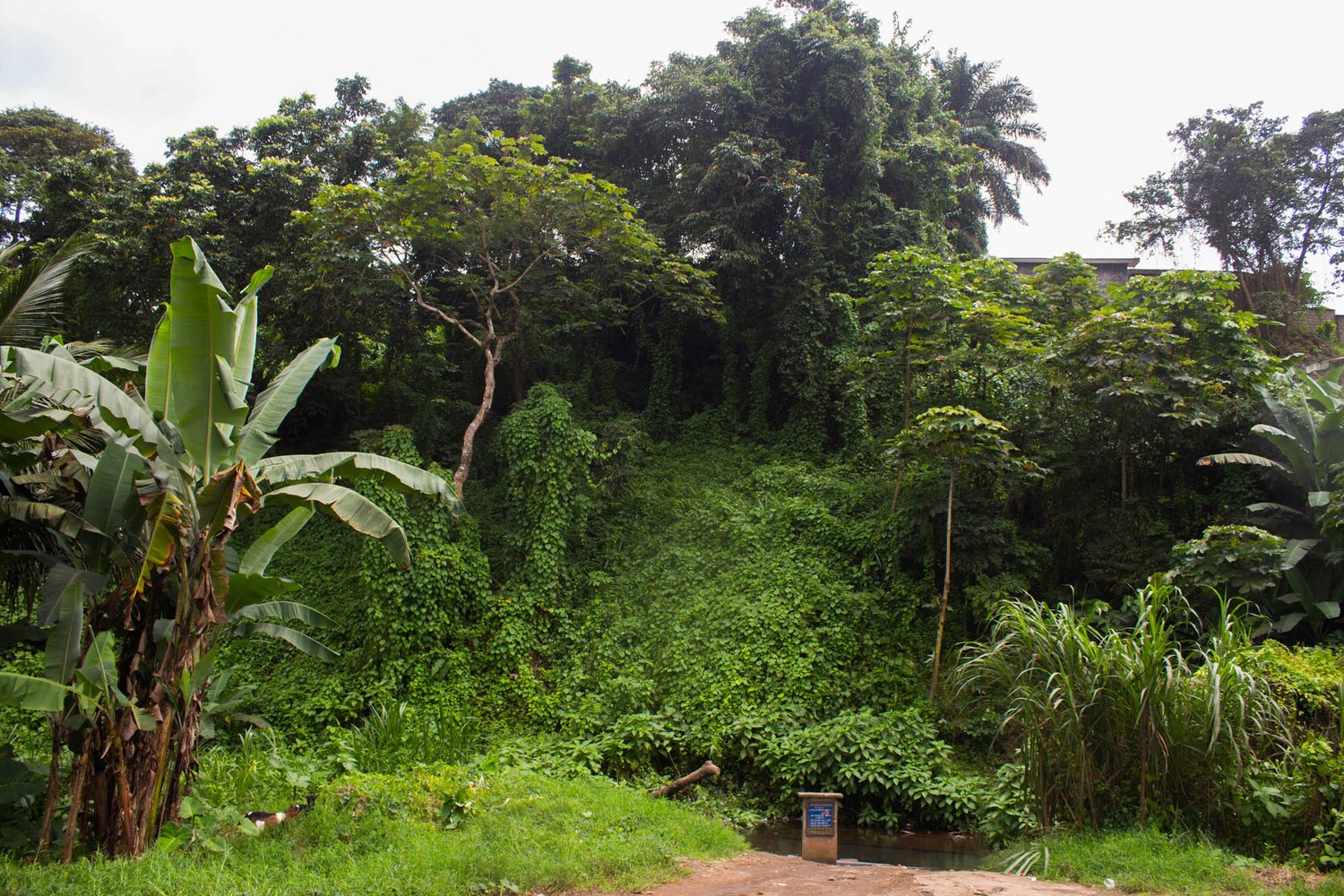
“By rewilding the five water catchments in town, we tackle the water crisis that the town has suffered for over two decades.”
— Limbi Blessing Tata
Forest Report: 46 Months
DATE: 25.09.2023
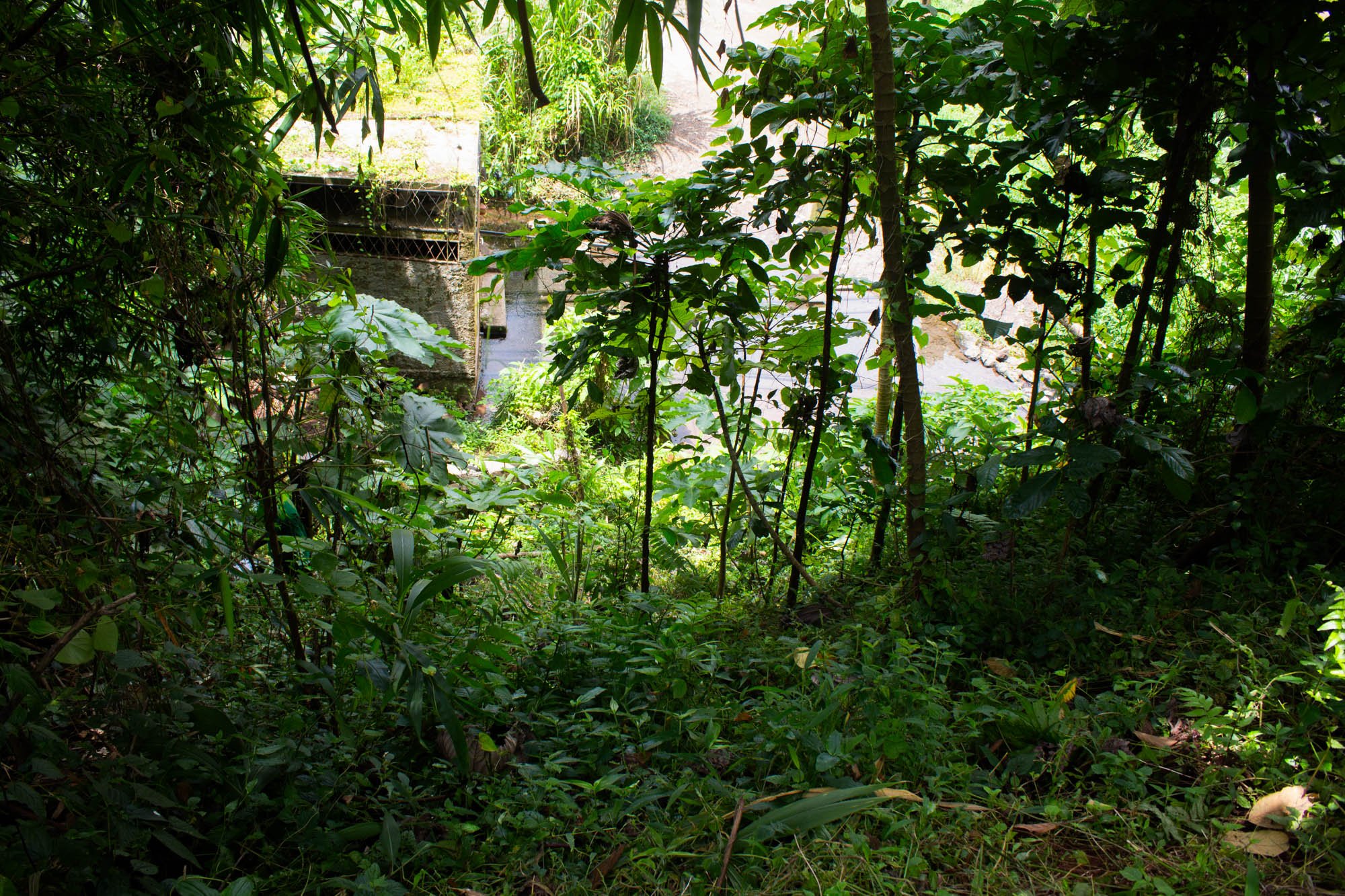
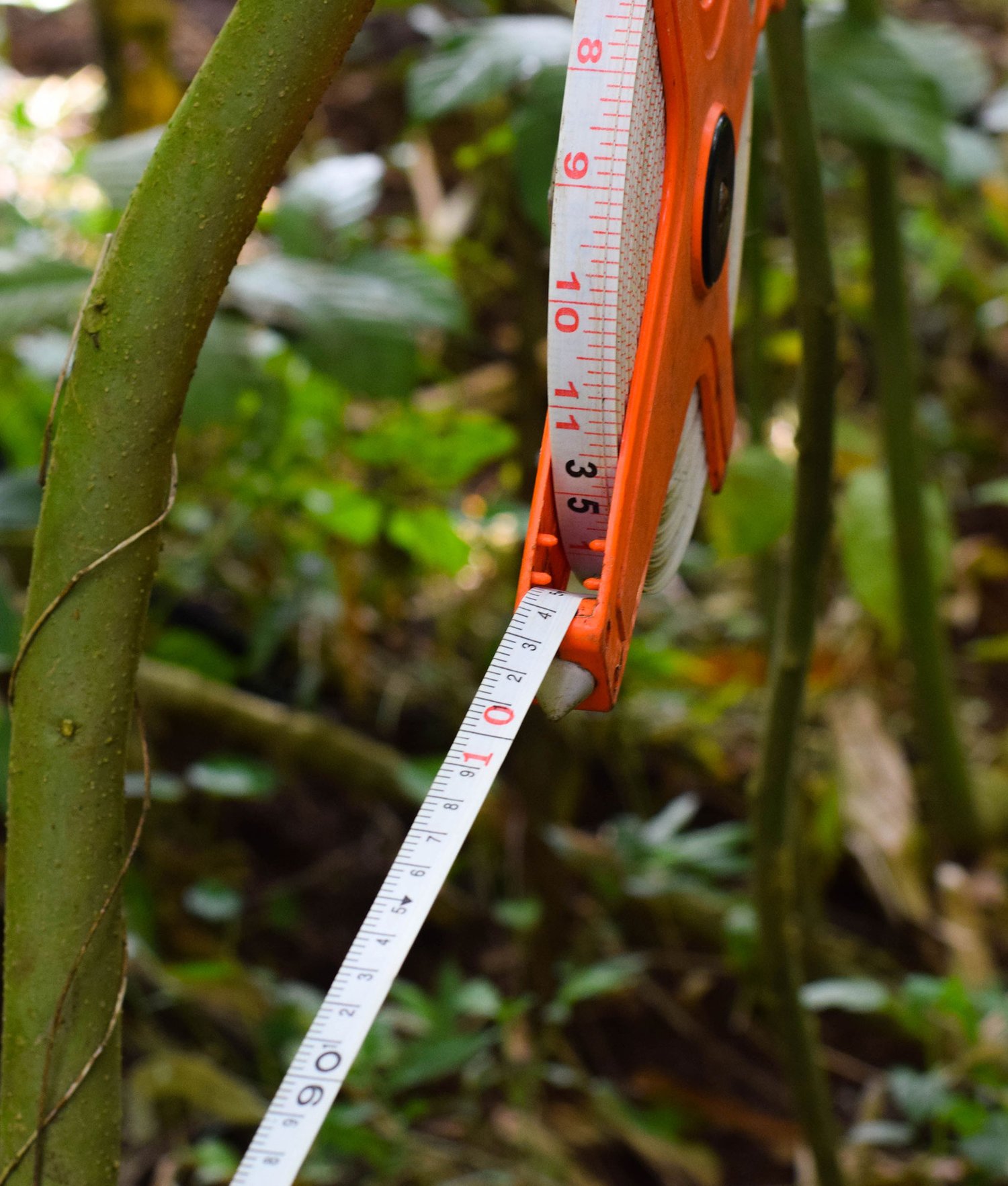
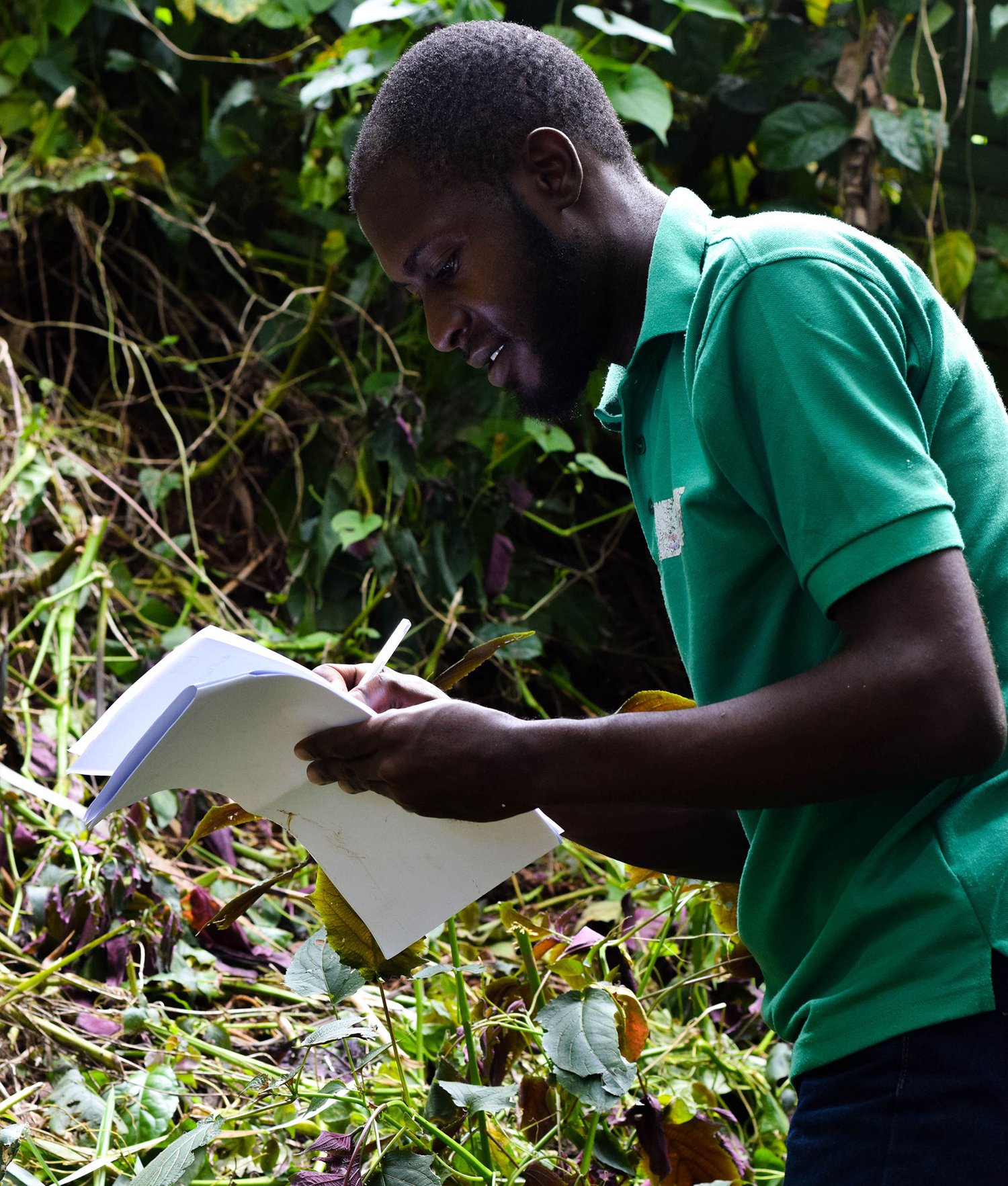
Biodiversity Notes:
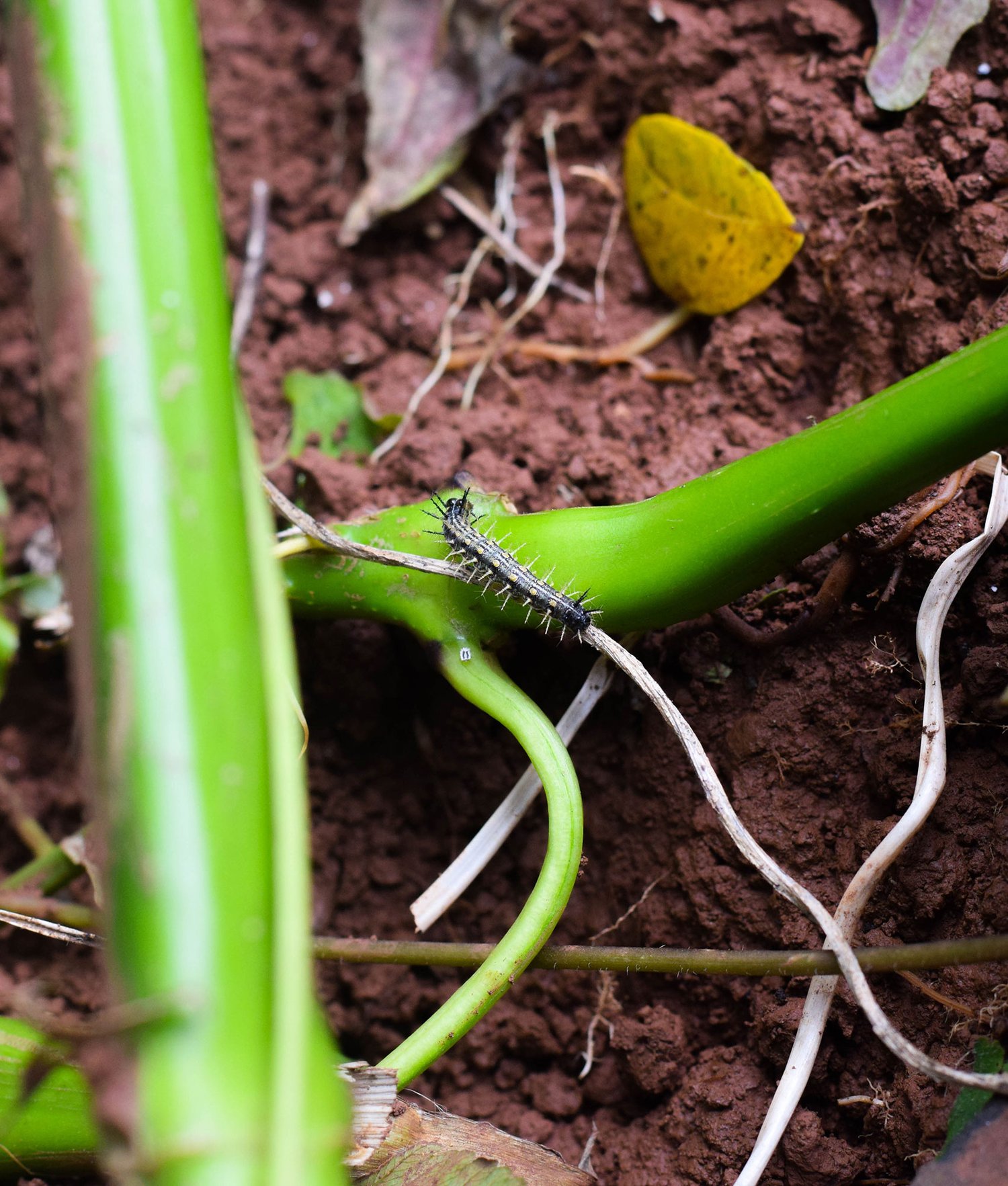



Forest Report: 36 Months
DATE: 25.11.2022
Survival Rate: 85%
Average of tallest 3 trees: 1,200cm
This pocket forest is doing well at 3 years, with notable growth again from the castor (Ricinius communis) and African cherry (Prunus africana) trees. Indeed, the local community continue to extract oils from the castor tree seeds and look forward to harvesting during the next dry season.
Local people are also pleased as water levels continue at the elevated levels seen since the planting of the forest in 2019. The area is no longer the dumping ground that it once was. It is now much better cared for as the catchment is a well-known reliable and important supply of water for the area.
In addition to water access, the forest is a valued cool space in an area where land is increasingly being built on or taken over by other human activity. Local people speak about their pleasure at the cooling effect of the forest.
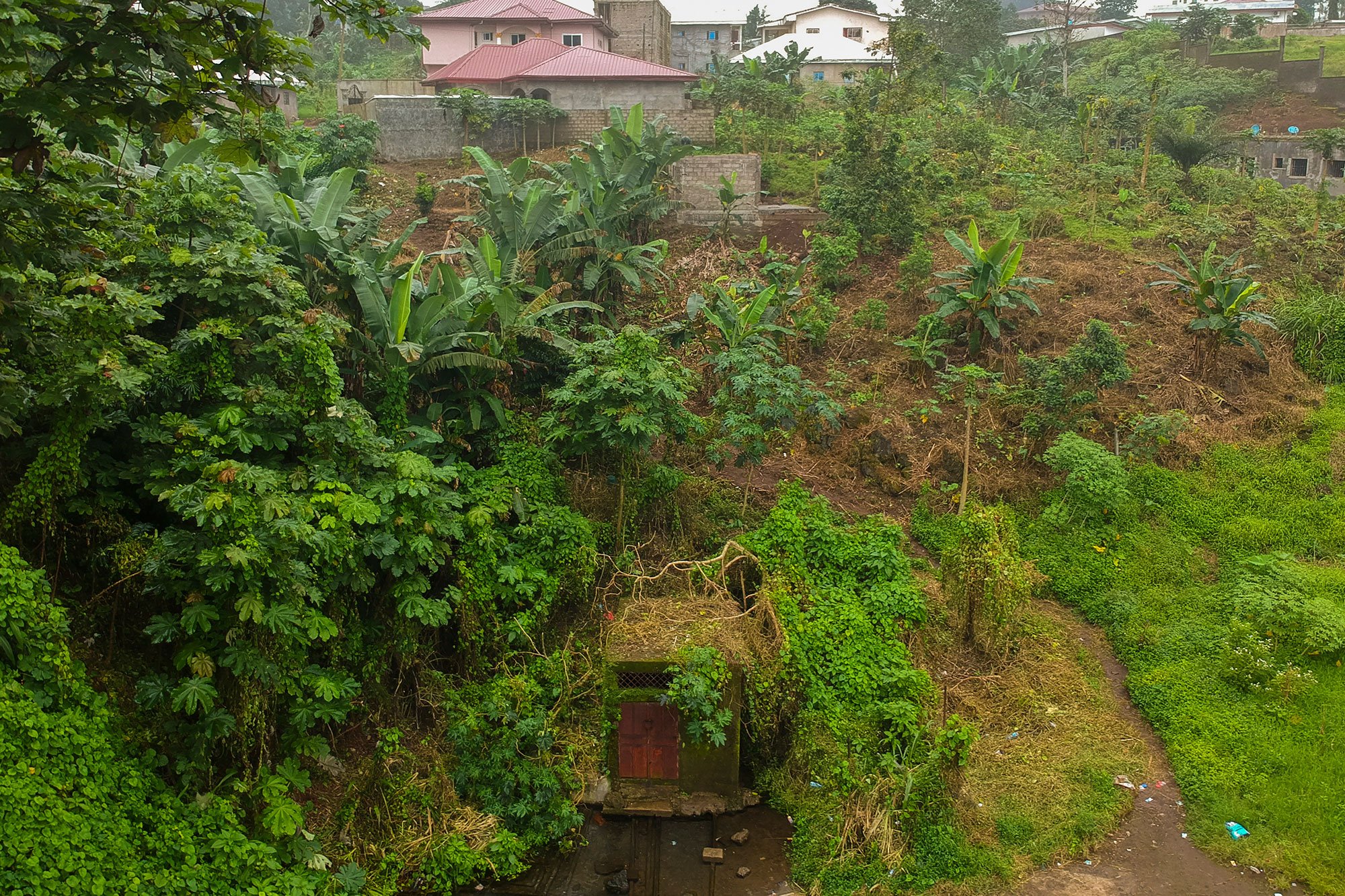
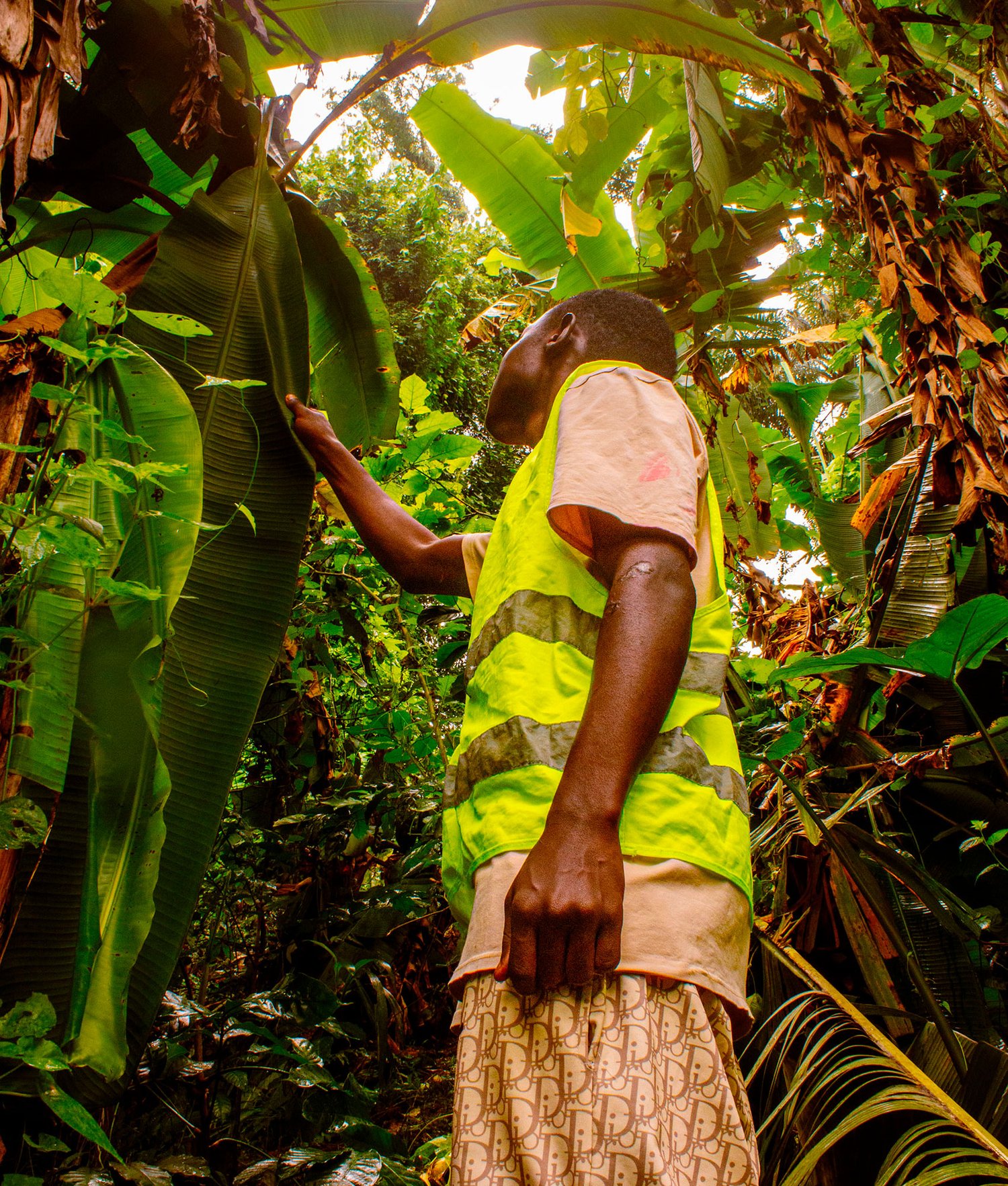
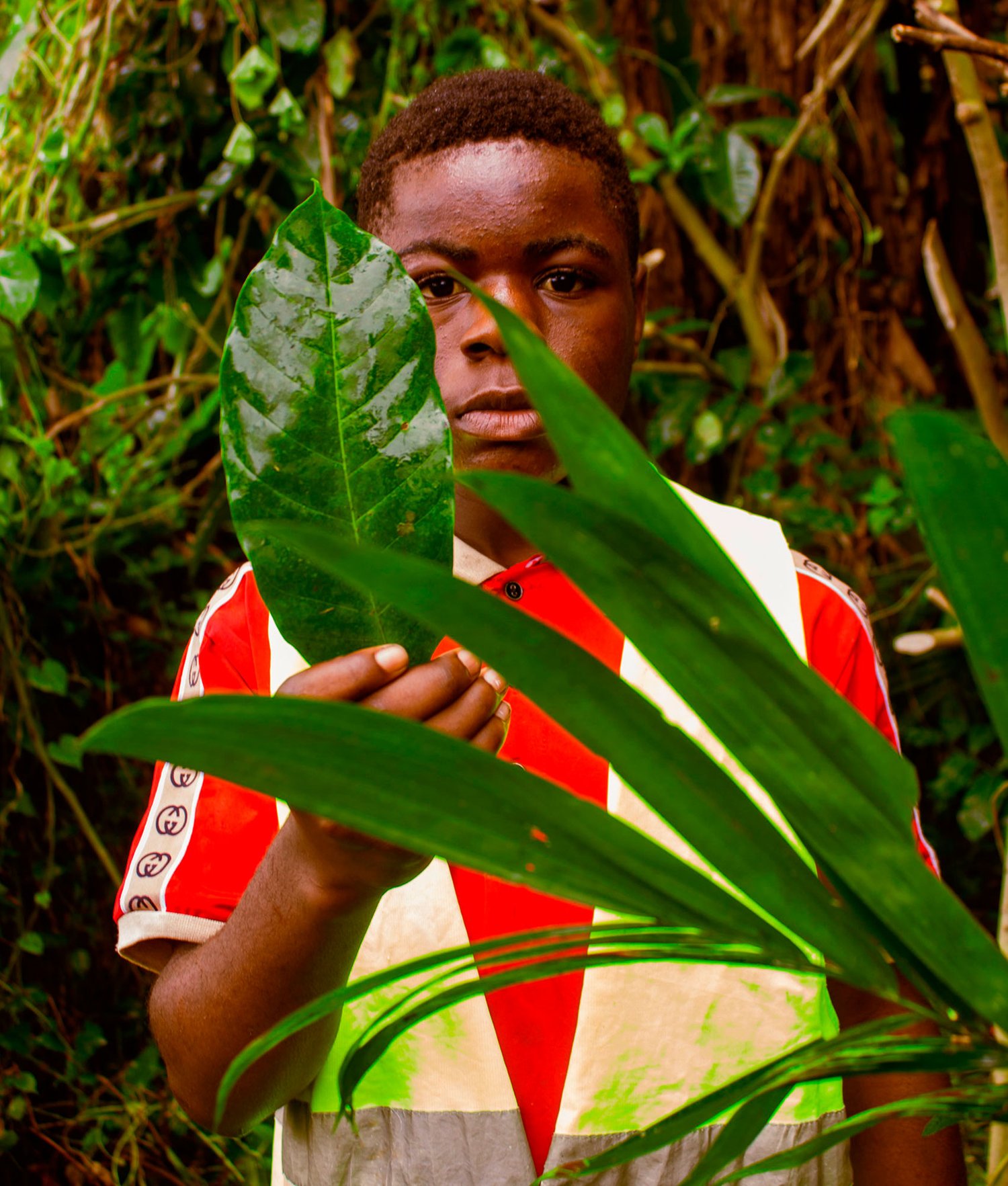
Biodiversity Notes:
Common freshwater crabs (Sudanonuate africanus), grasshoppers (Eyprepocnemis ploran) and snails (Bulinus camerunensis). Numerous unidentified agama lizards and butterflies have also been sited in the forest.
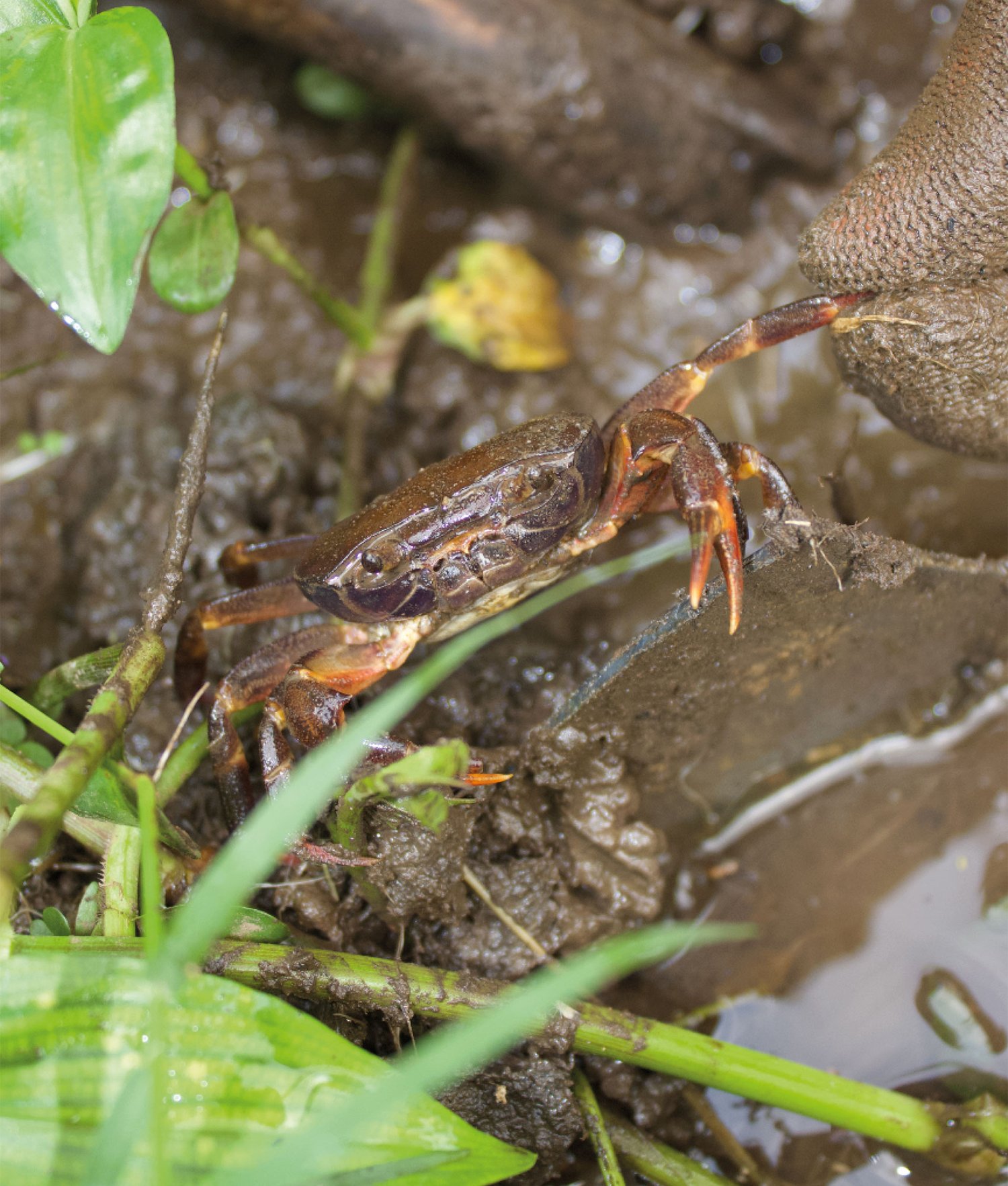
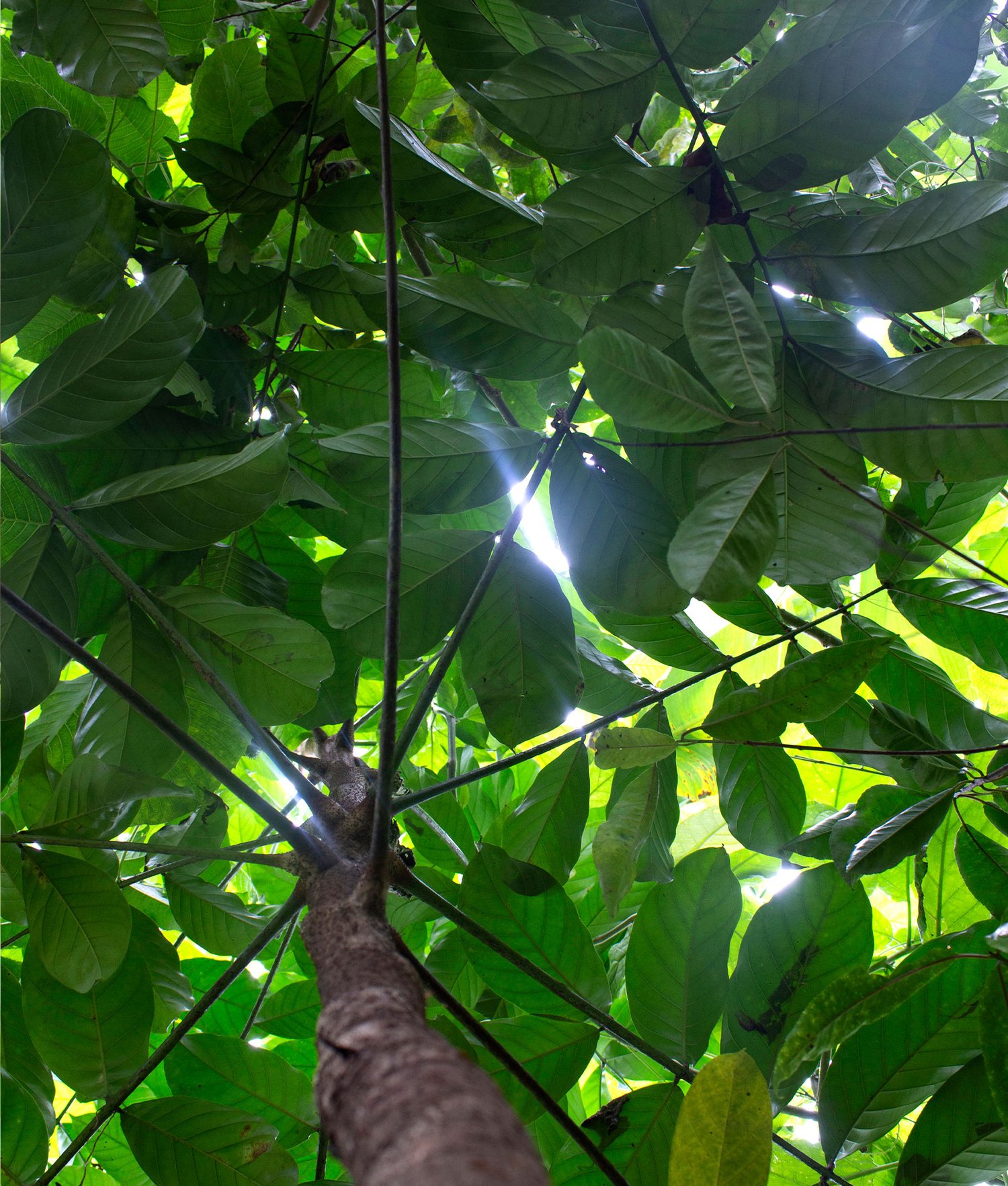
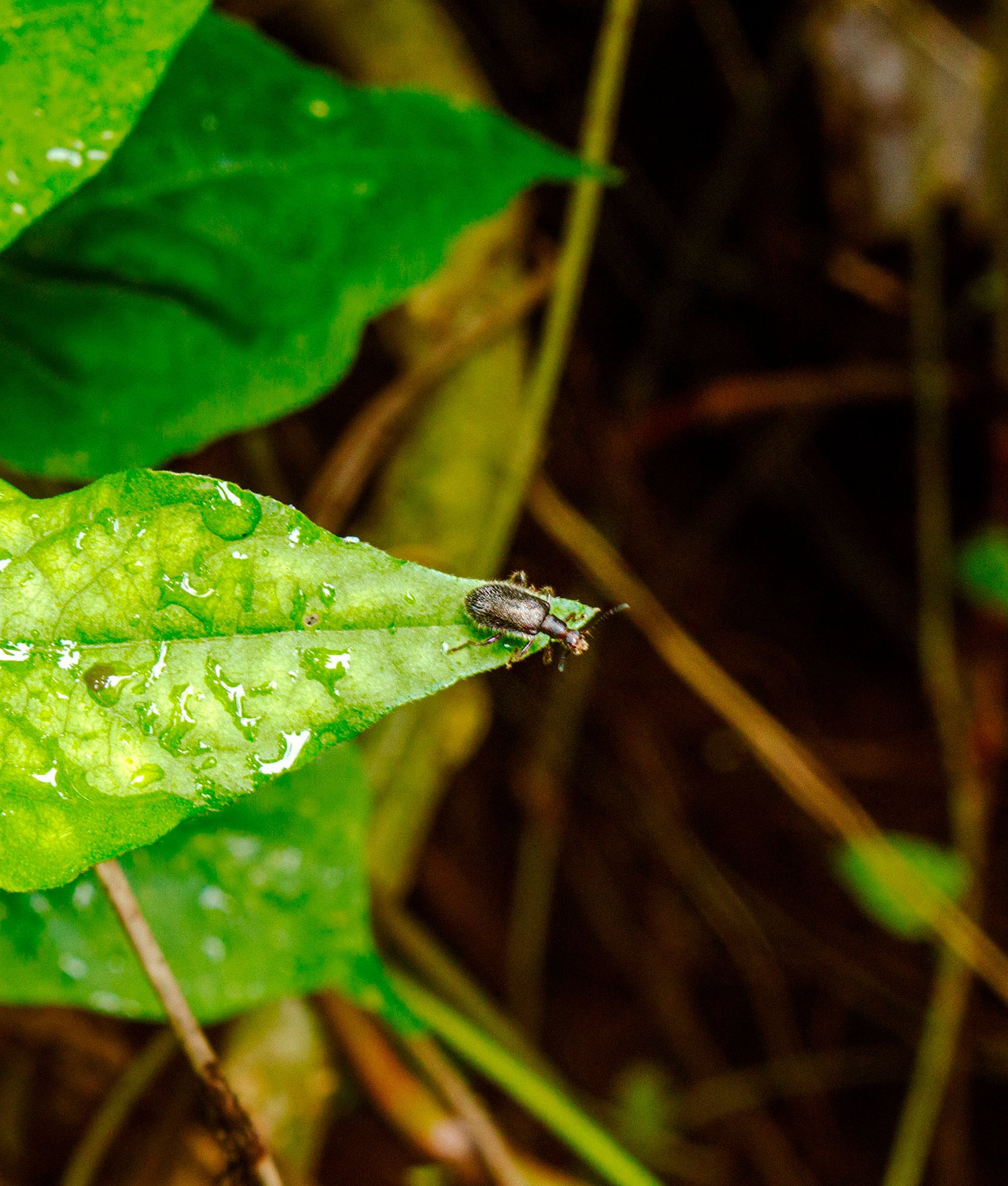
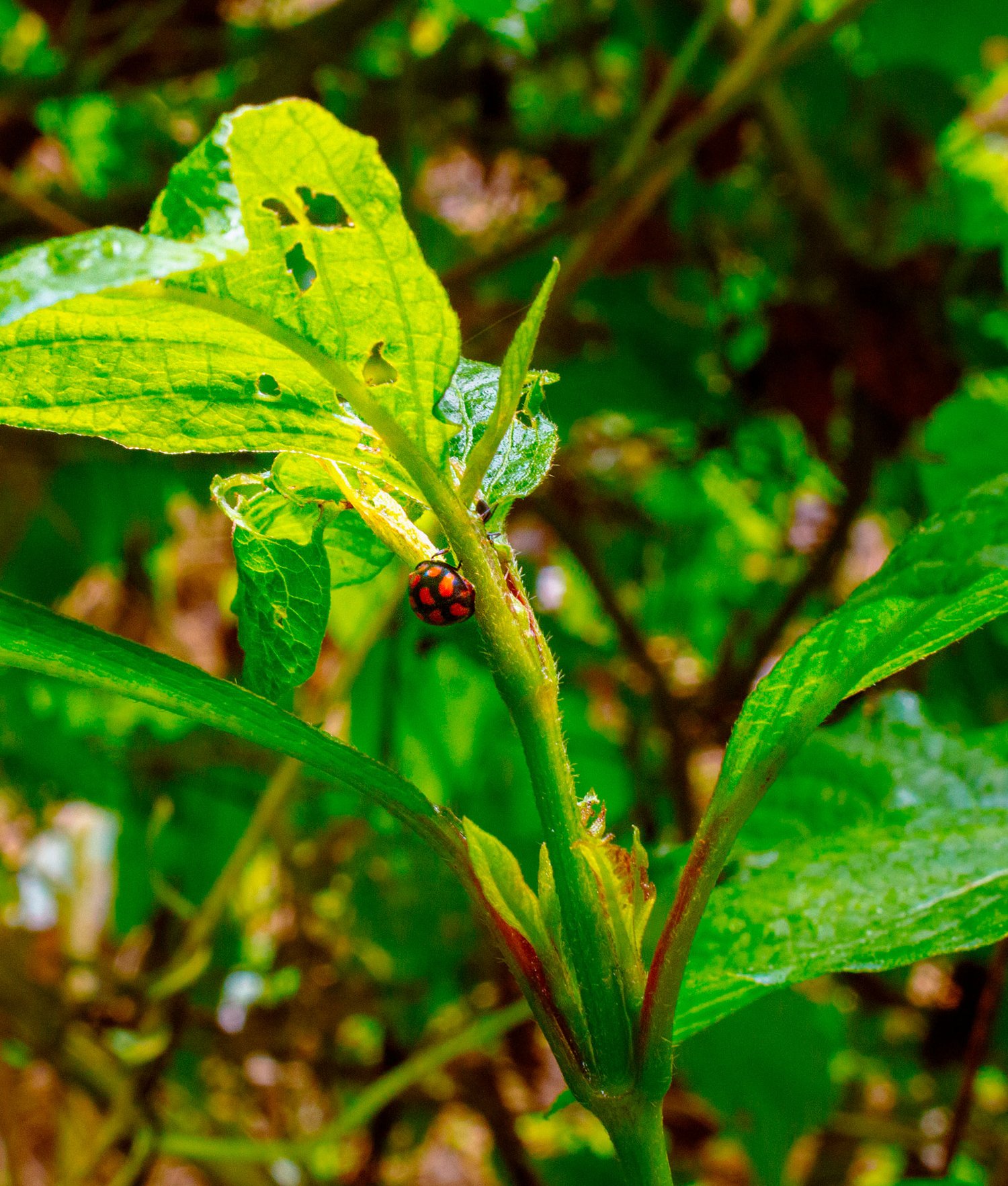
Forest Report: 24 Months
DATE: 25.11.2021
Survival Rate: 90%
Tallest Tree: 1,200cm
The average height of the forest is 800cm. The Mahogany trees (Entandrophragma angolensis) are on average 55cm tall and this species is thriving most in terms of number across the forest. The tallest 1200cm trees are Castor trees (Ricinius communis). Indeed, oils are already being extracted from the Castor tree seeds and used by the local community.
The canopy is covered in 70% of the forest and weeds still exist on the forest floor indicating that the sun continues to penetrate. The presence of vines (not planted) have been noted, along with thorns (defence mechanism) and adventitious roots (to increase feeding surface area) on some tree trunks; these are all positive indicators of self-reliant forest ecosystems.
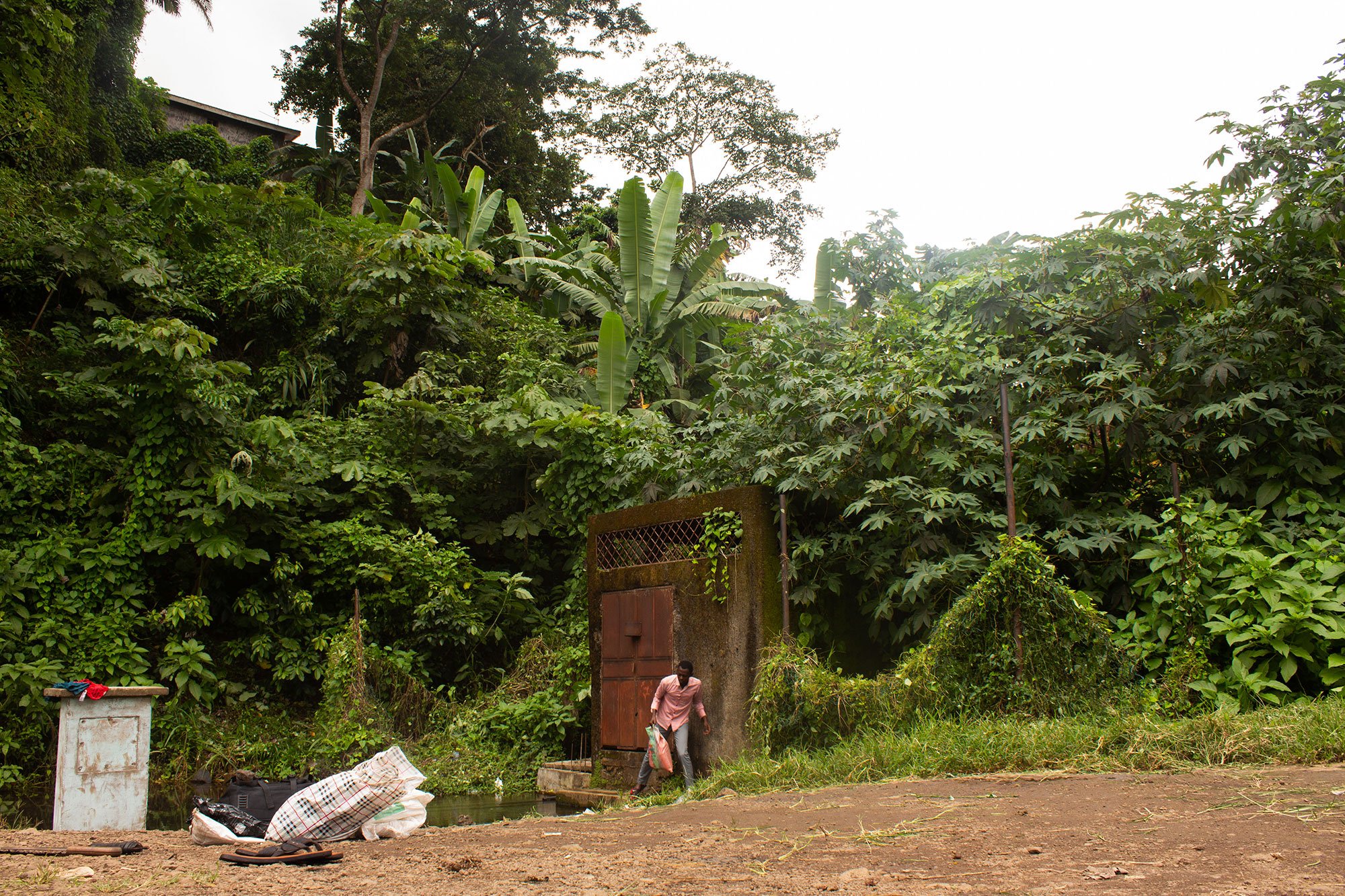

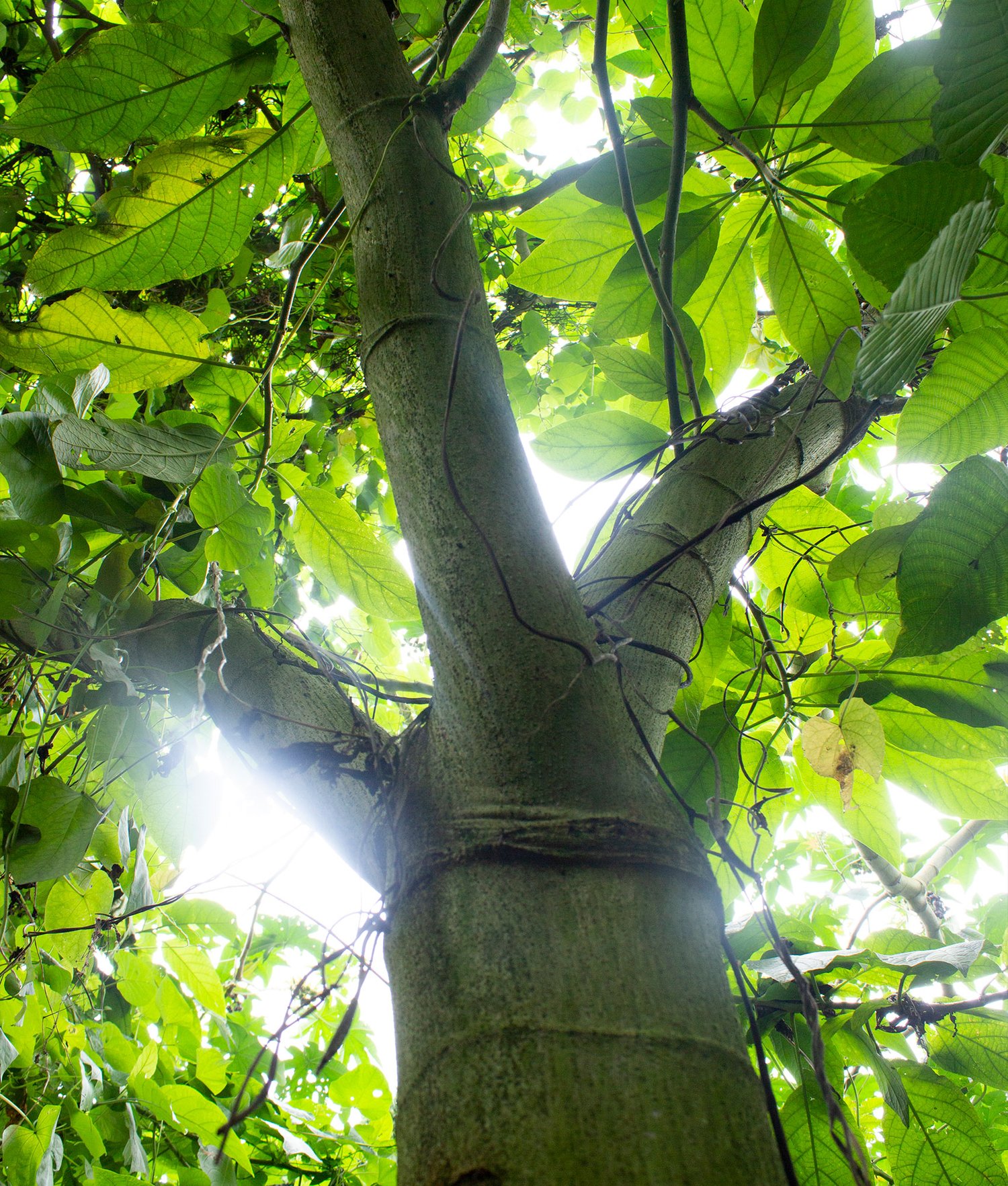
Biodiversity Notes:
Common Freshwater Crabs (Sudanonuated africanus) were identified in the forest at 10 months, along with yellow caterpillars (Lepidoptera larvae) observed at 12 months. At 24 months, freshwater crabs continue to be observed, along with other burrowing animals.

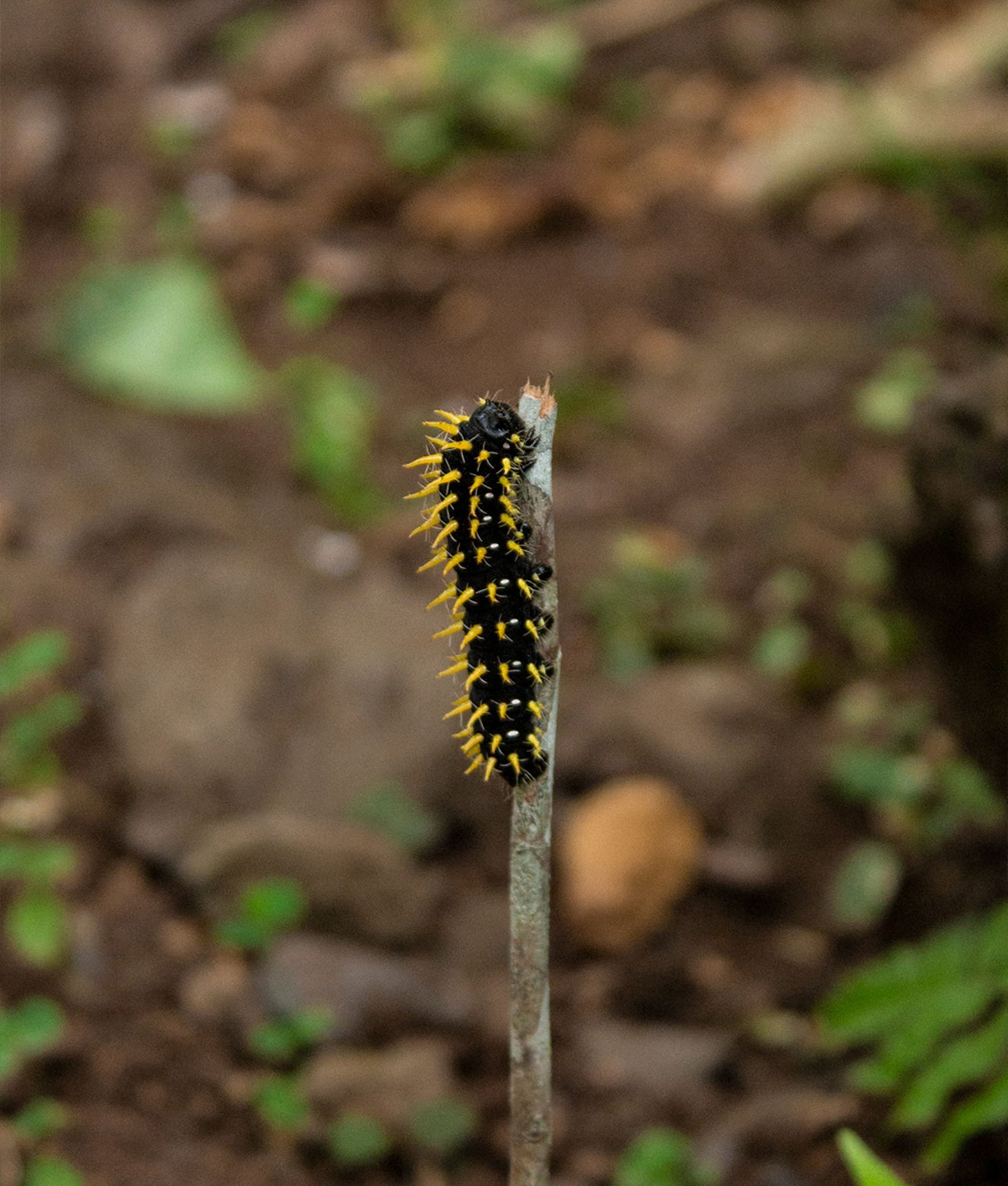
Forest Report: 12 Months
DATE: 25.11.2020
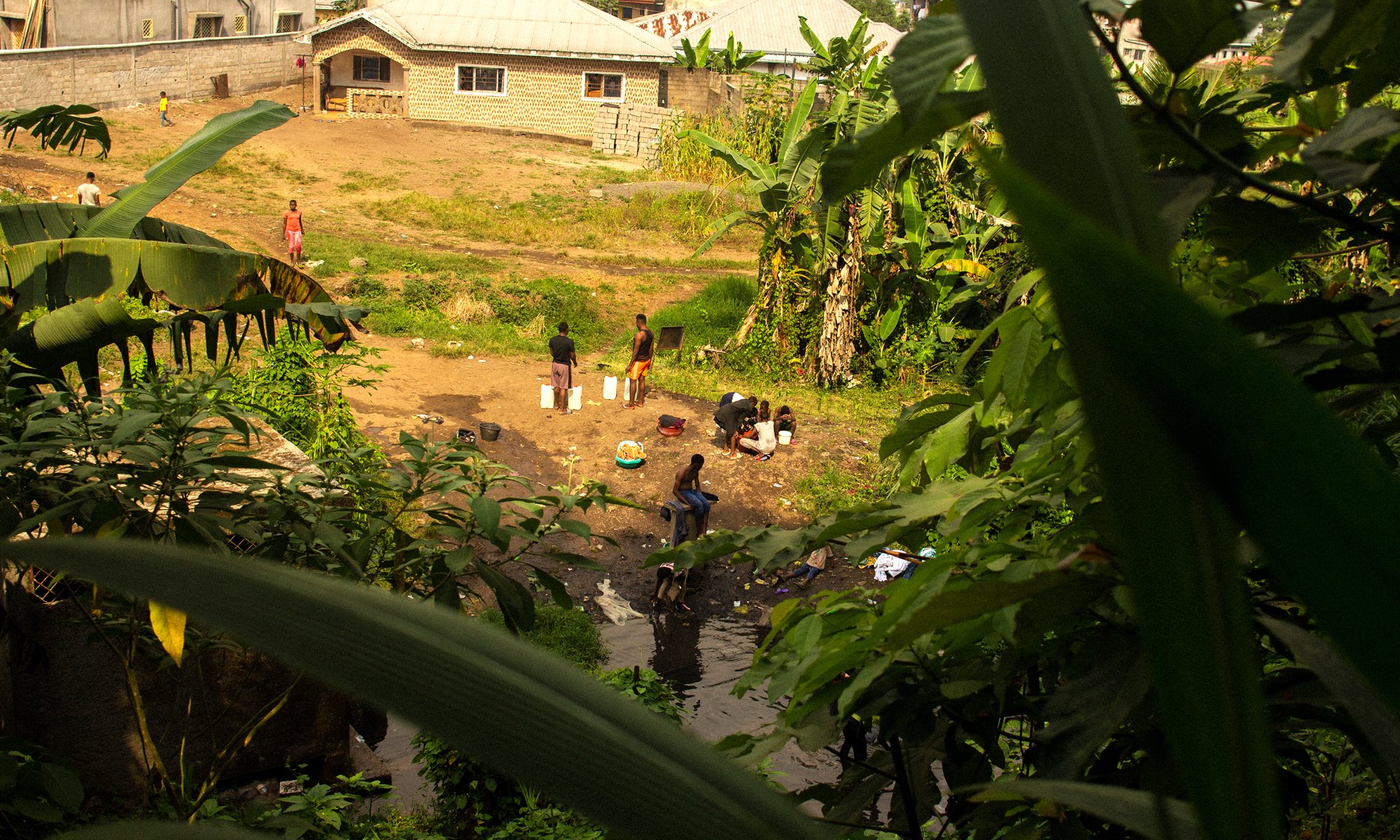
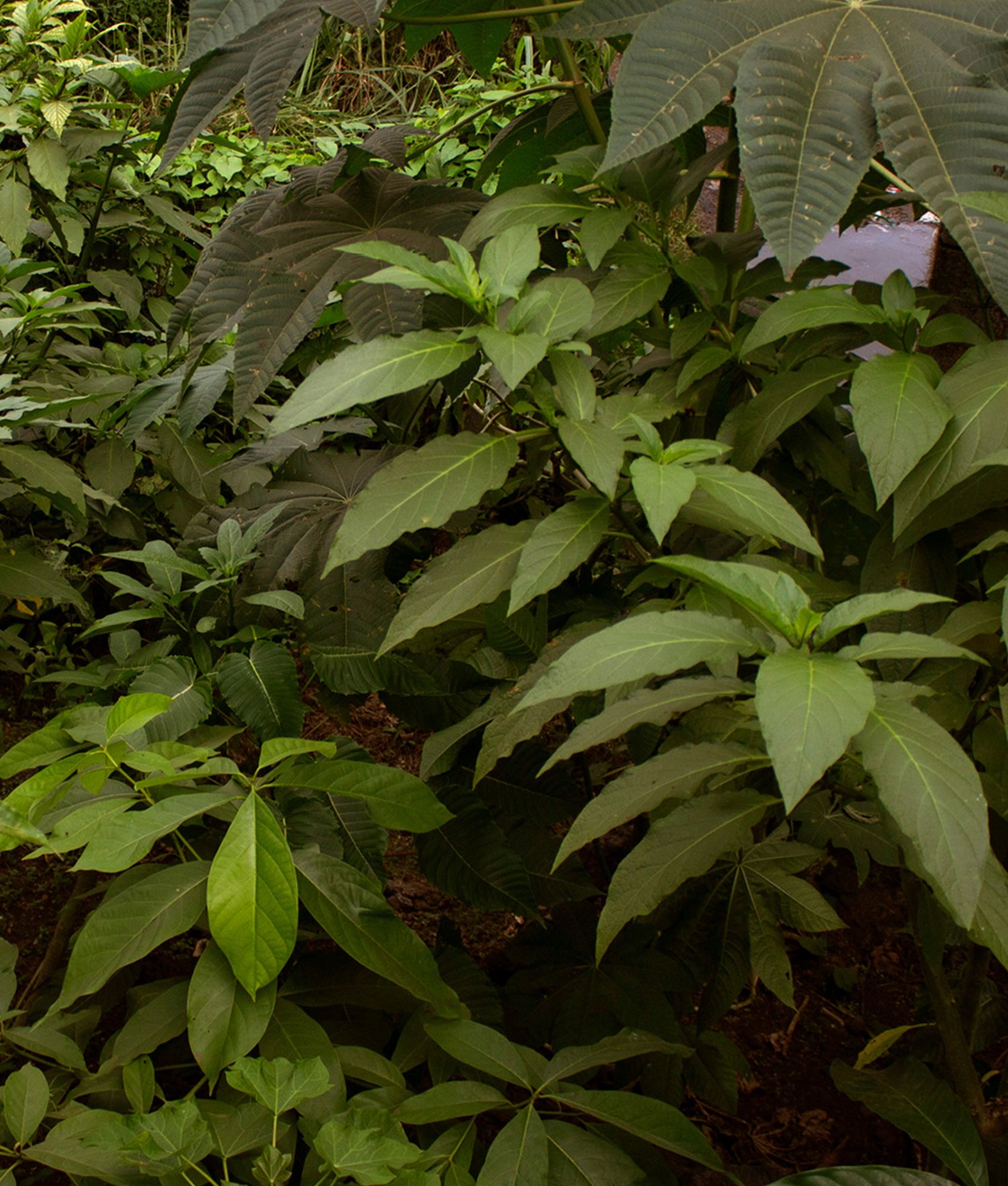
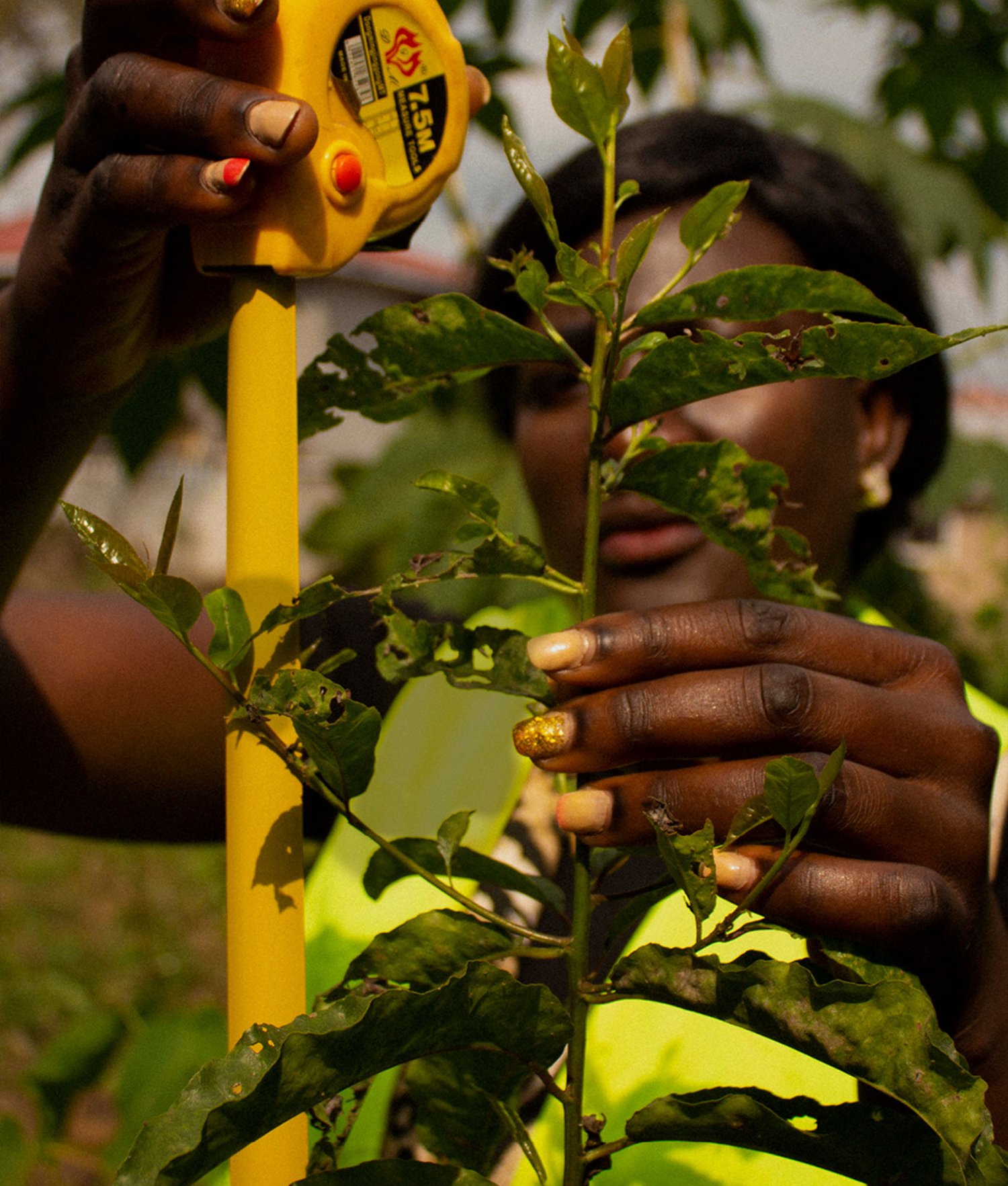
Biodiversity Notes:
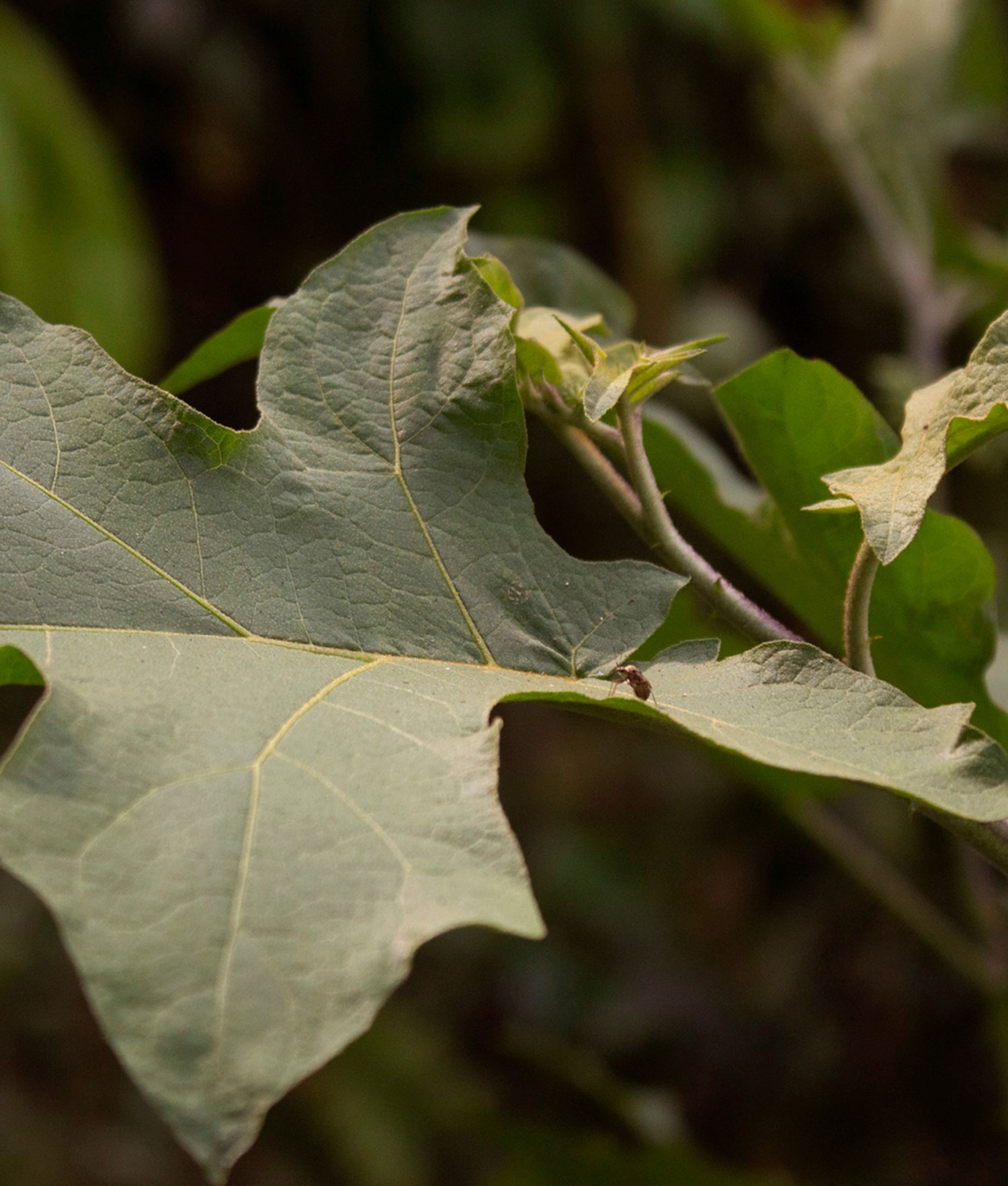
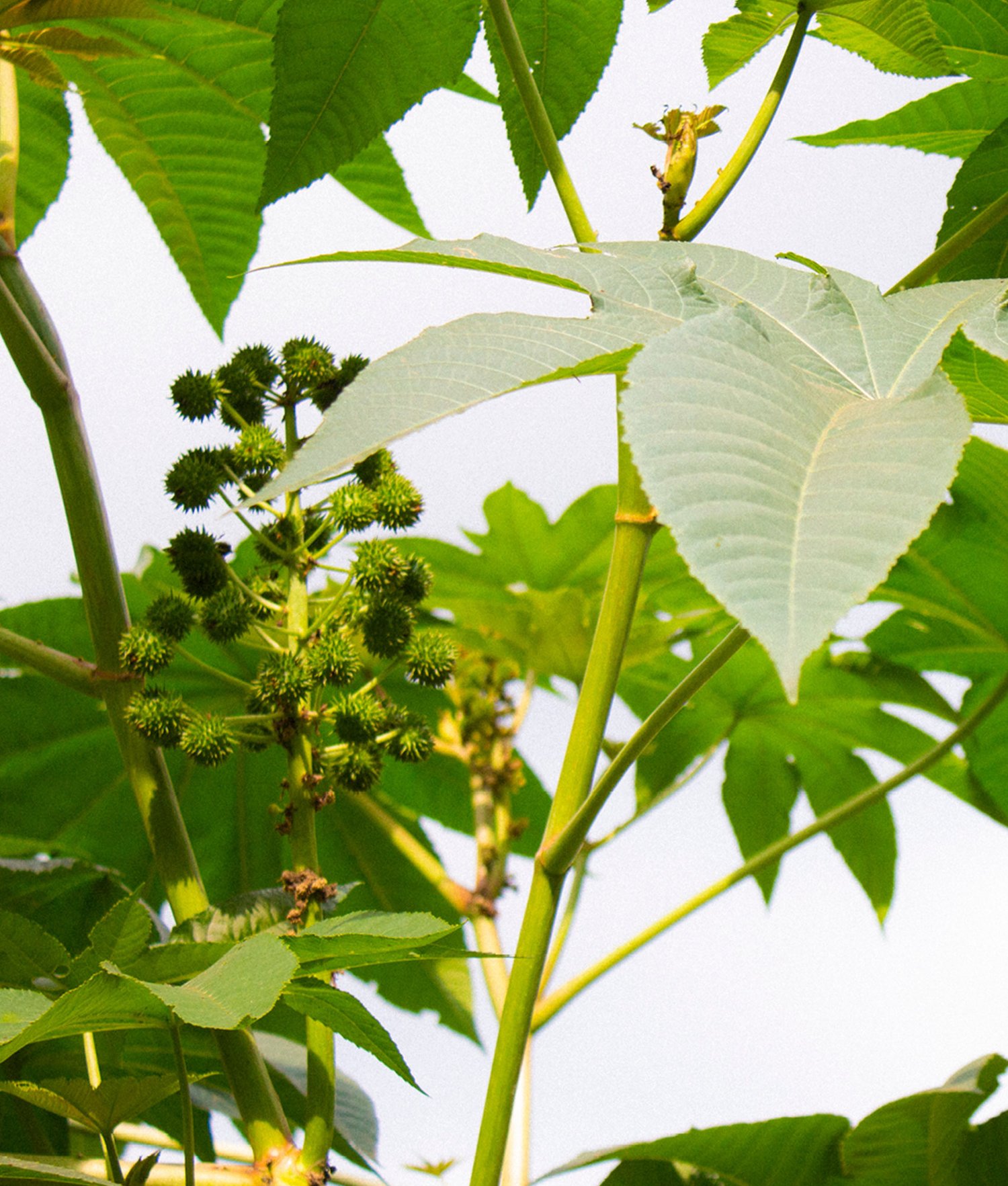
Forest Report: Planting
DATE: 25.11.2019
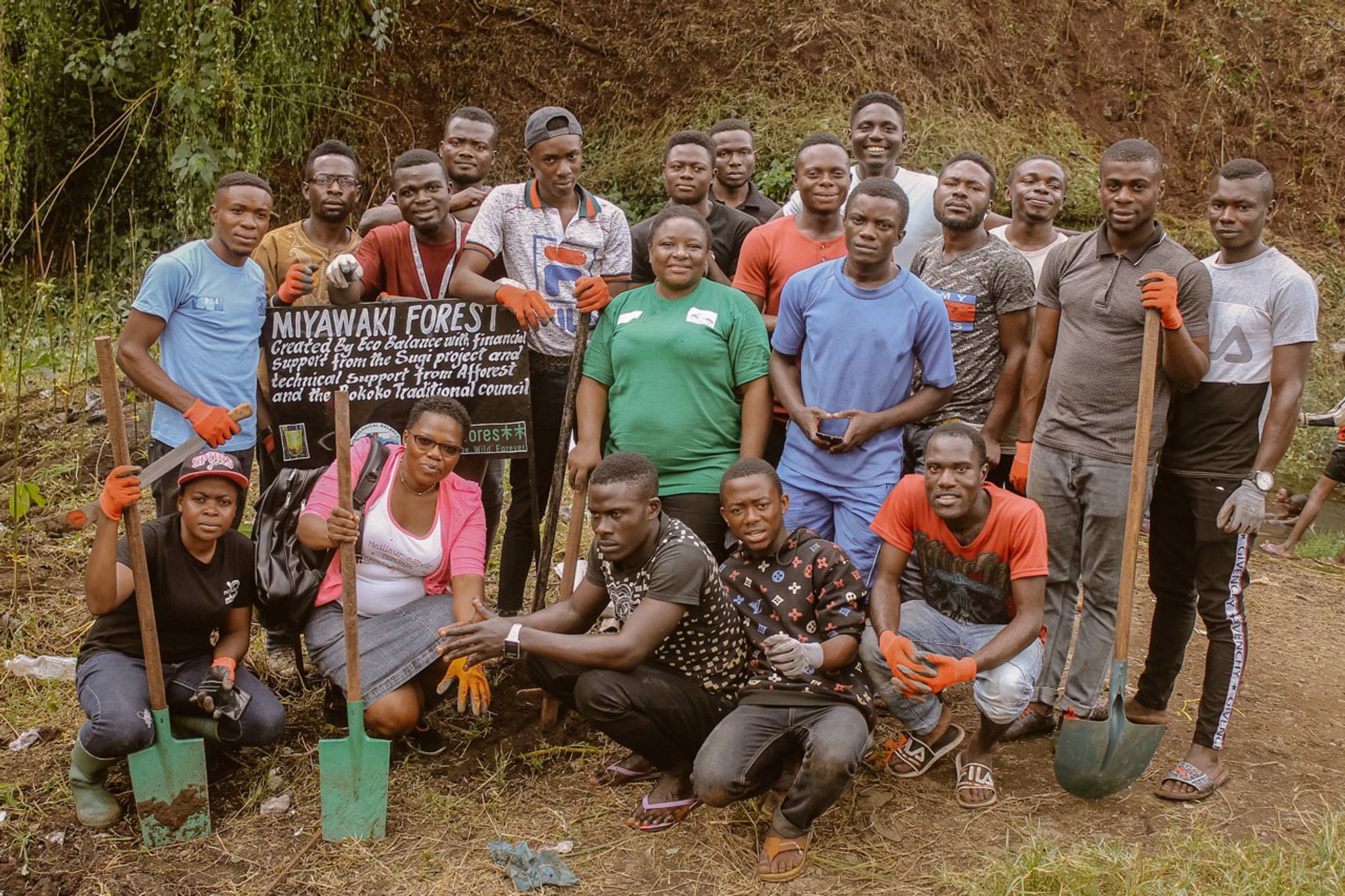
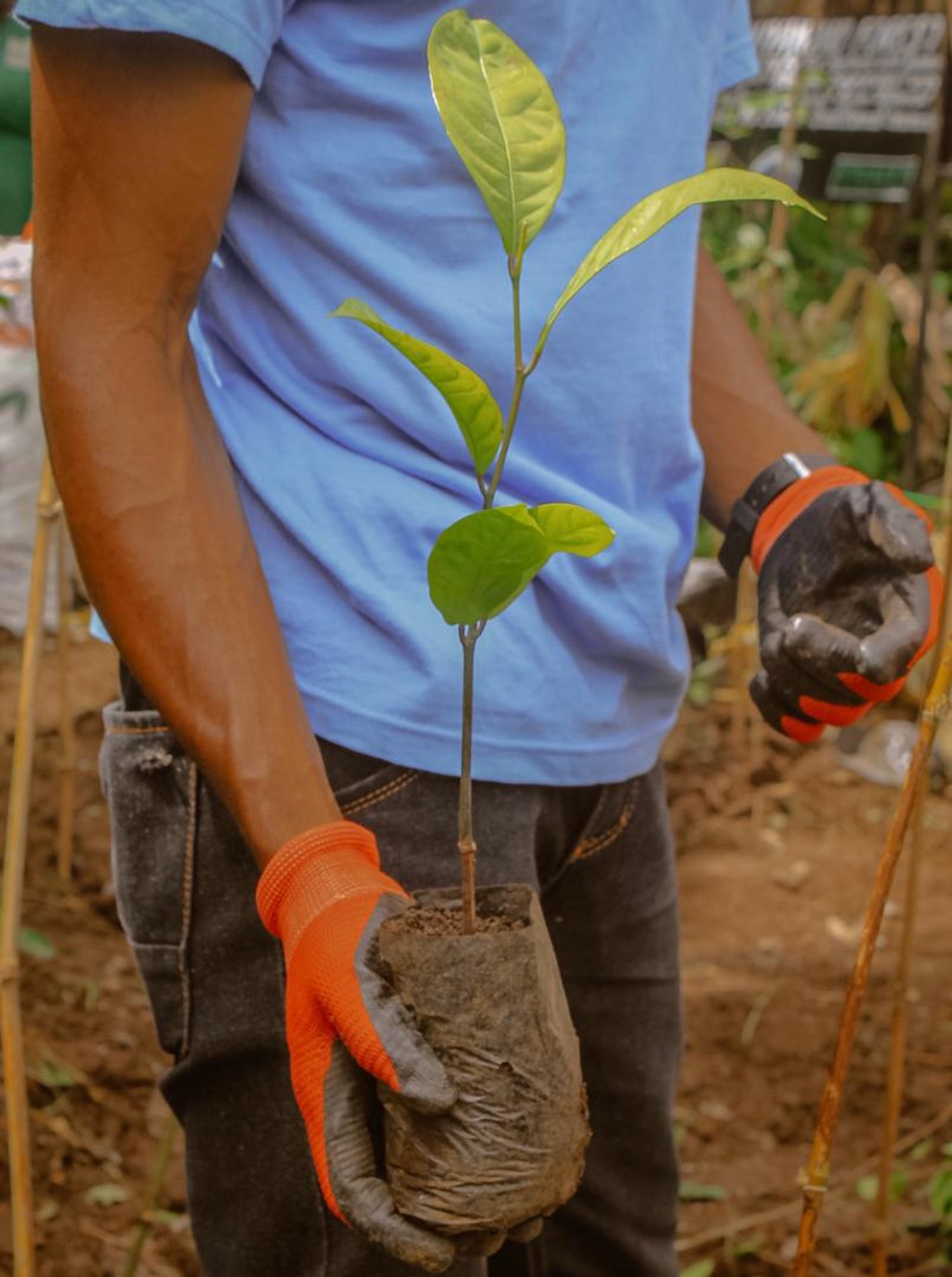
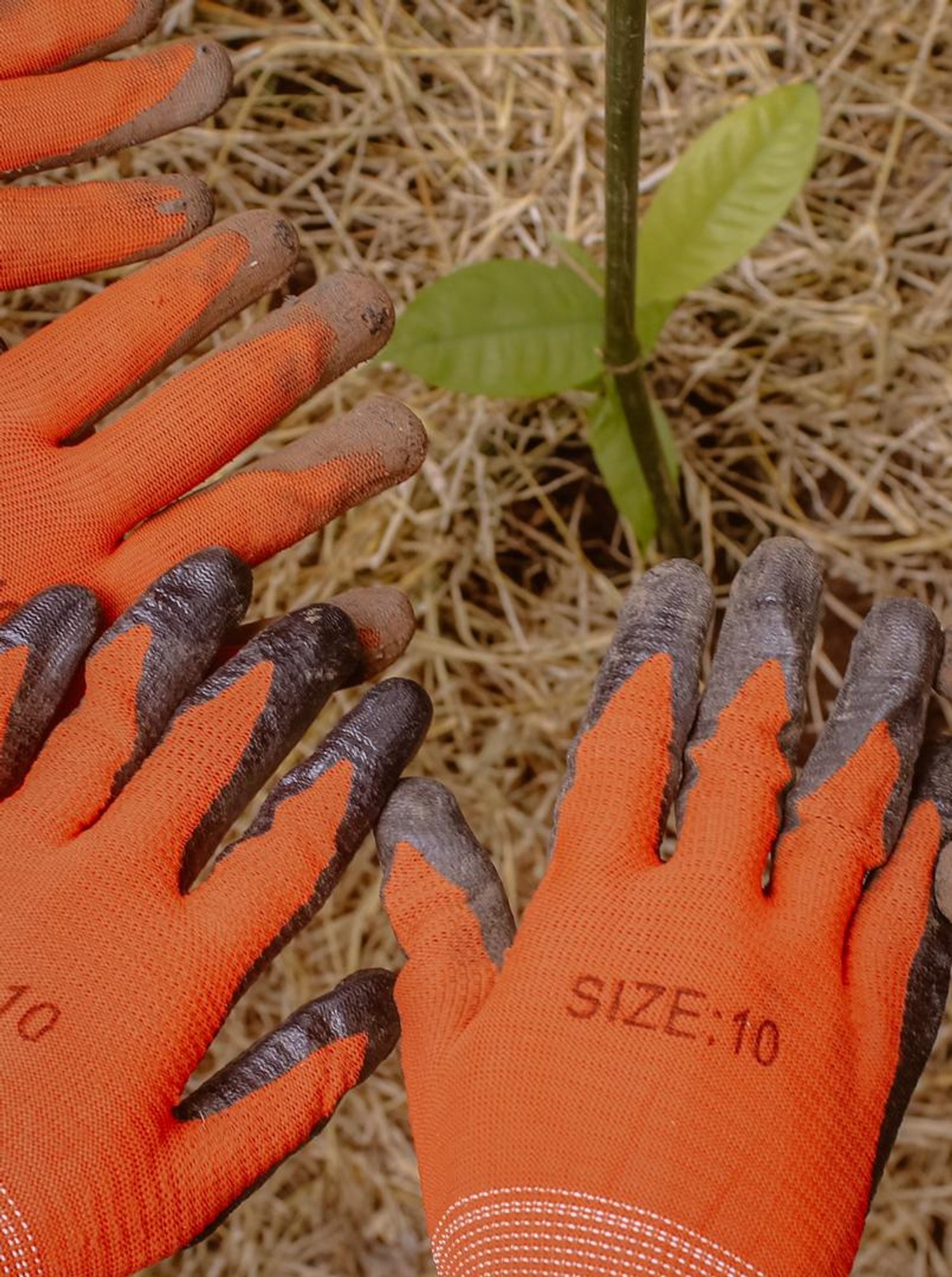
Discover more SUGi Projects

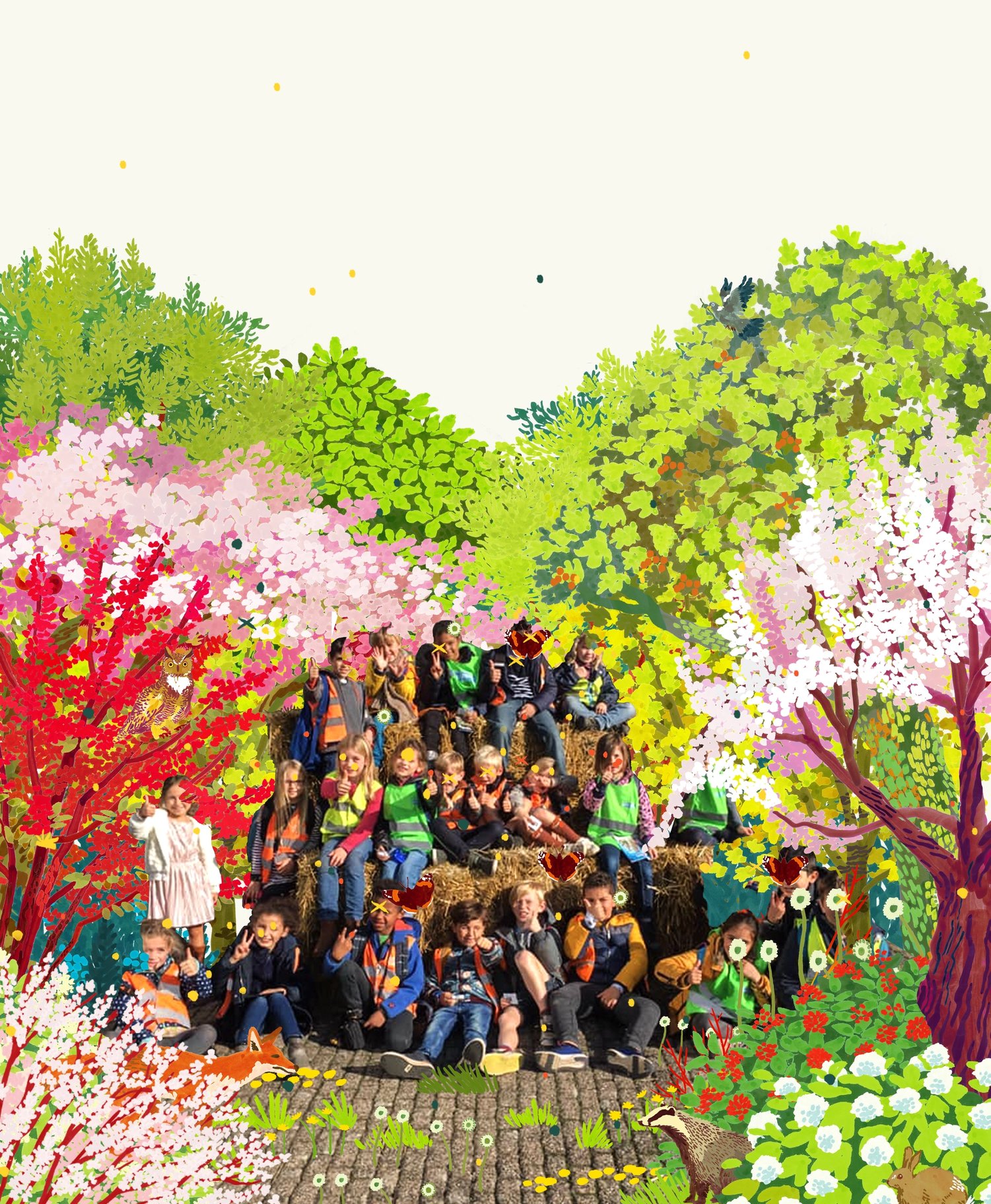
De Ark
A forest learning center in Sint-Niklaas


Langalibalele Forest
Cultivating a green oasis for community wellness and education.

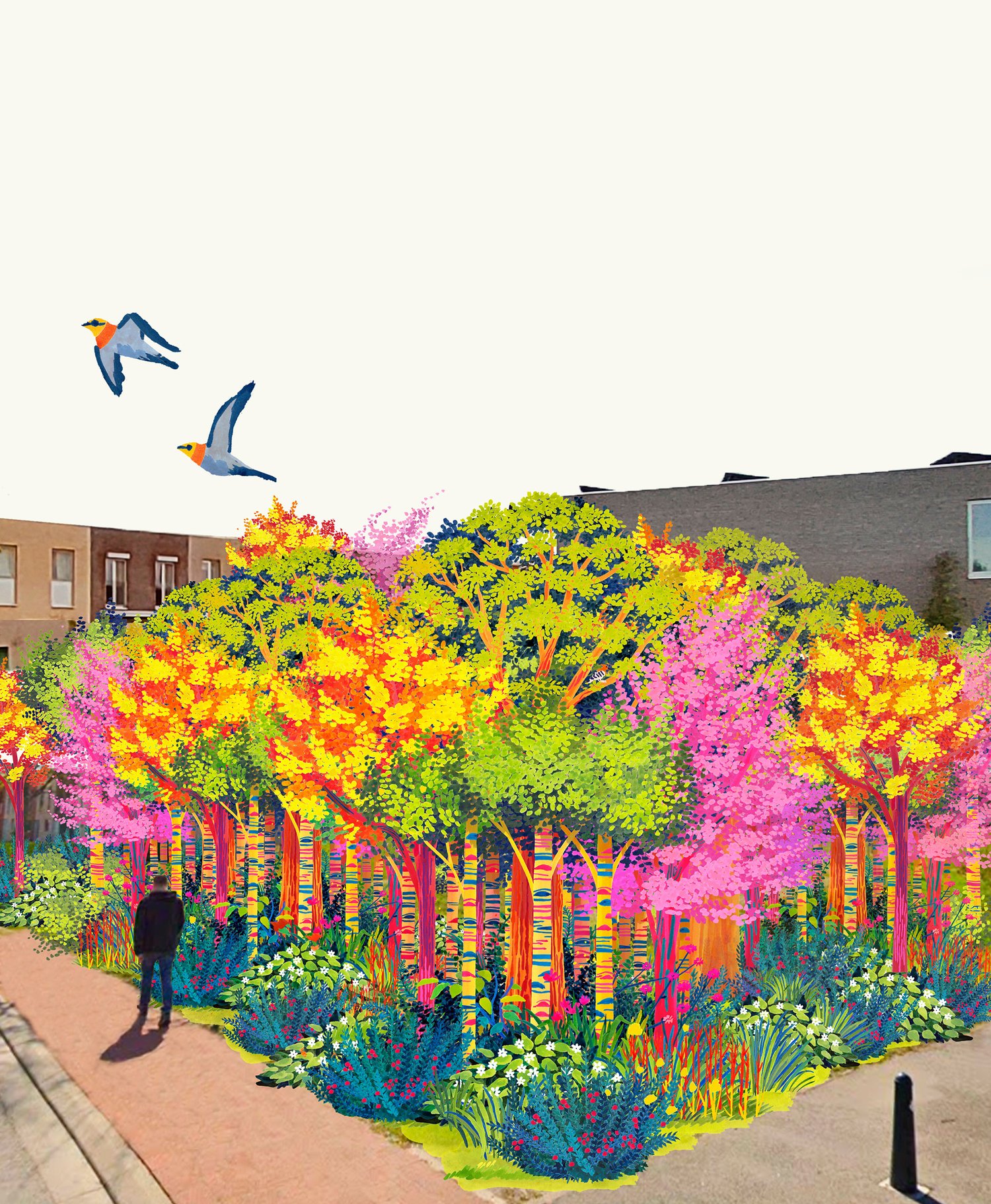
Papenhof Forest
Nature-based therapy at the heart of a city
